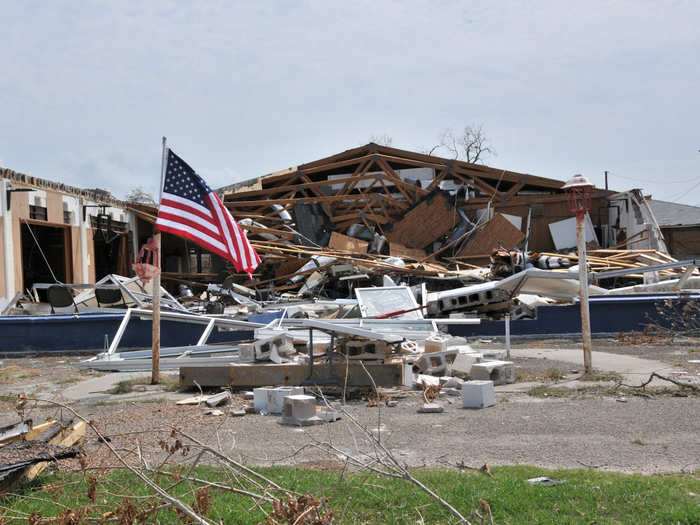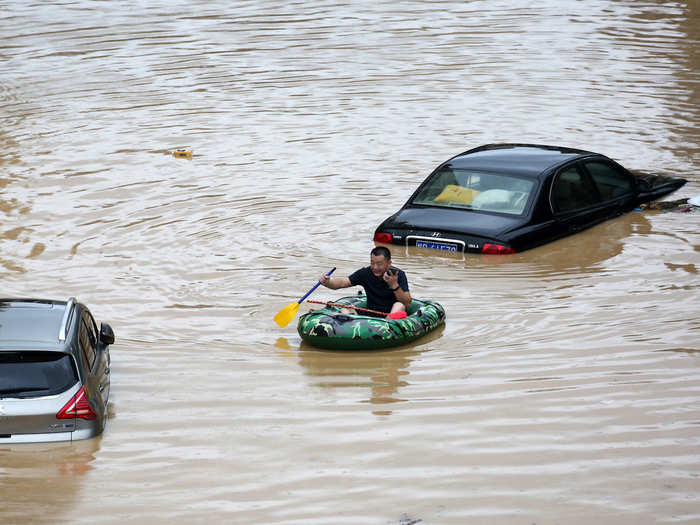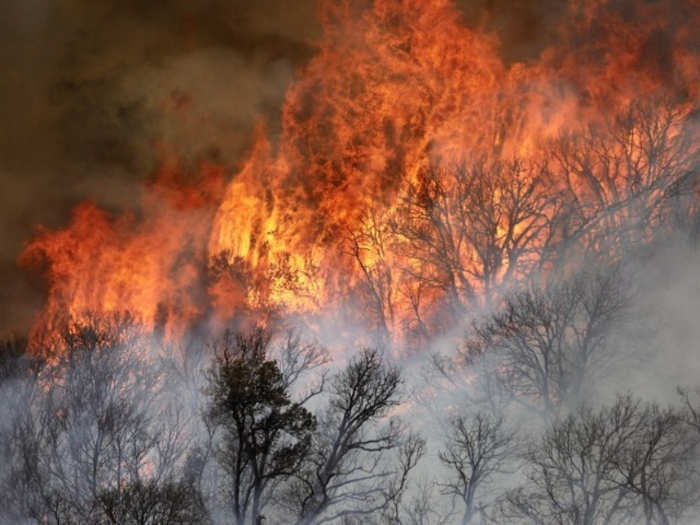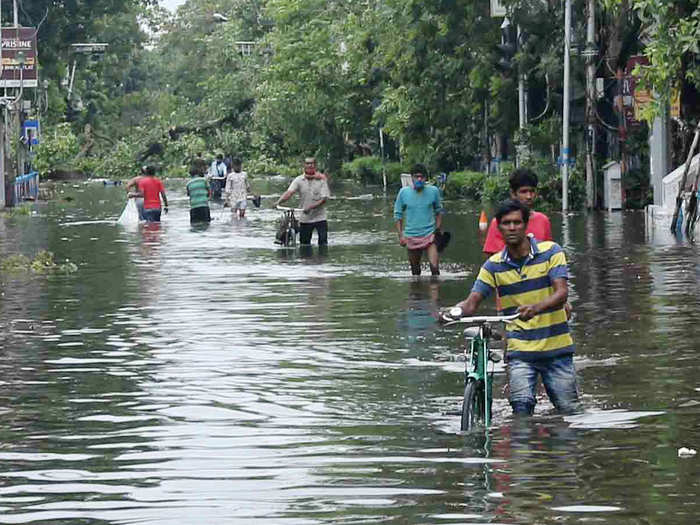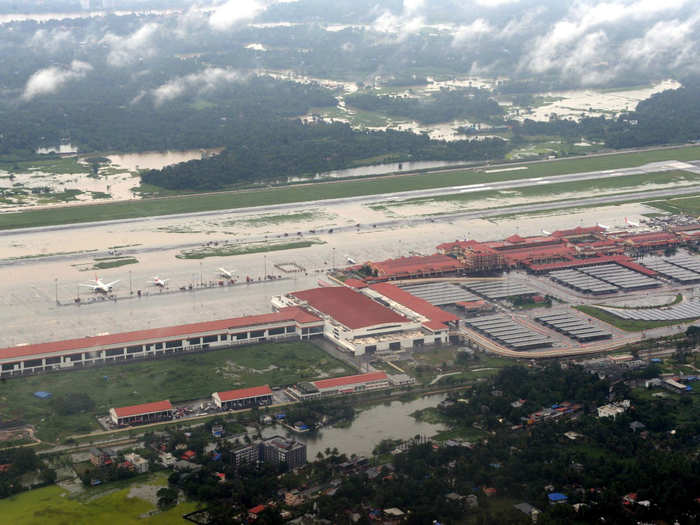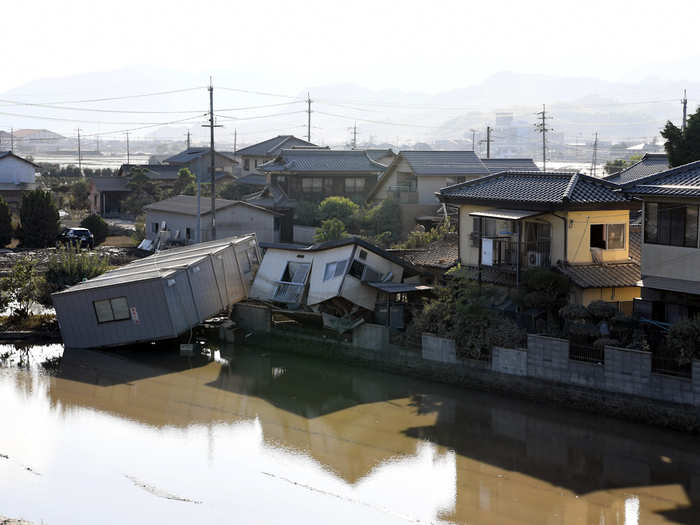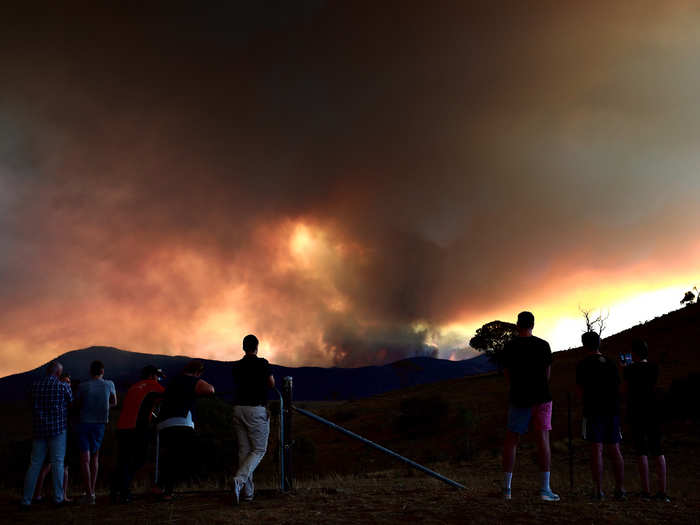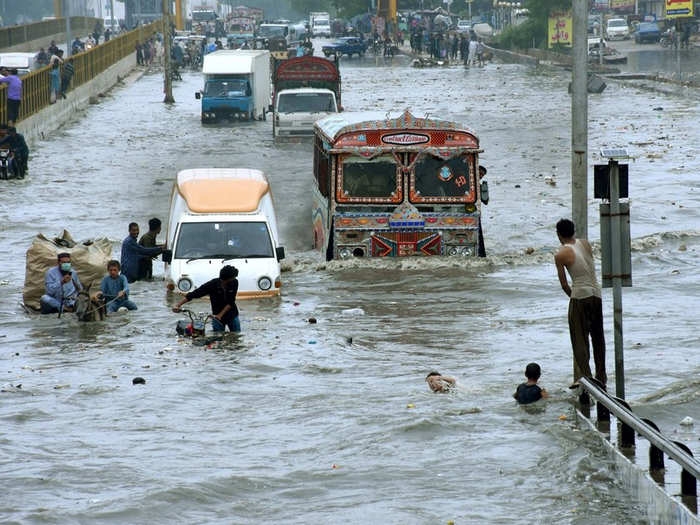Damage caused by Cyclone Amphan in West Bengal BCCL
- The year 2020 saw at least ten extreme weather events that indicate climate change worsening — each costing more than $1.5 billion.
- The Atlantic Hurricane Season tops the list with costs amounting to at least $41 billion accounting for 30 individual storms that hit across the US, Central America and the Caribbean.
- Cyclone Amphan in the Bay of Bengal is the fourth most expensive natural disaster overall and the most expensive cyclone of 2020.
The year 2020 has been ‘extreme’ for more reasons than one. In the shadow of the COVID-19 pandemic, extreme weather events cost the world $150 billion this year — the worst was the Atlantic Hurricane season affecting the US and Central America at a whopping $40 billion.
Meanwhile, on the Indian coast, Cyclone Amphan cost India, Bangladesh, and Sri Lanka $13 billion. It also killed at least 42 people and displaced 4.9 million.
Despite the devastation caused by Cyclone Amphan, it’s only the fourth most expensive natural disaster to hit the world in 2020 caused by extreme weather.
From the bushfires in Australia and the locust swarms in East Africa, here’s a full list of the top 10 most extreme weather events driven by climate change:
1. Atlantic Hurricane Season — $41 billion
Damage caused by hurricane in Texas IANS
The Atlantic Hurricane Season in 2020 was the worst on record. It saw record-breaking 30 individual storms hit across the US and Central America. In fact, the World Meteorological Organisation (WMO) had to come with a Greek alphabets system to name the storms because the approved names on file ran out.
Hurricane Iota was the strongest hurricane of 2020 and the strongest storm to hit Nicaragua on record.
In the US, Hurricane Laura and Sally caused the most damage.
2. Floods in China — $32 billion
Flooding in China IANS
In June, the People’s Republic of China saw intense flooding, which affected 35 million people and left at least 278 dead or missing.
The Yangtze river basin includes the densely populated regions of Sichuan, Guizhou, and the city of Chongqing, which alone is home to more than 30 million people.
According to the study, the flooding in China is consistent with the projections that rainfall in China would fall as more concentrated downpours as the planet gets warmer.
3. California fires — $20 billion
Wildfire burning in California IANS
It’s not uncommon for the drought season to ignite wildfires and wreak havoc during the summer months. But, in 2020, the fire season along the West Coast of the US was one of the most destructive on record.
Fires across California, Colorado, Arizona, Wash and Oregon burned more than 8 million acres of land. For California, it was a new record with more than half the burnt area located along its borders.
At least 42 people were killed by the wildfires and the resulting smoke affected the horizon all the way in Canada.
In August, when the fires were at their most intense, the temperature in Death Valley was the hottest on record at 54.4 degrees Celsius.
4. Cyclone Amphan — $13 billion
Flooding in Kolkata as Cyclone Amphan makes landfall IANS
Cyclone Amphan was the strongest on record for the Bay of Bengal with wind speeds swishing as fast as 270 kilometers per hour. It may be fourth on the list overall, but it’s the most expensive cyclone of 2020 at $13 billion.
Tropical cyclones
are set to get more extreme as the planet gets warmer and the Bay of Bengal has been pegged as one of the most vulnerable regions to climate change. Not only is it at the centre of tropical cyclone formation, but it’s also one of the most densely populated areas on the globe.
5. Floods in India — $10 billion
Flooded Kochi Airport IANS
When it comes to extreme weather events, India has the Bay of Bengal on one side and its own raging rivers on the other. Between the months of June to October, the country saw a massive number of floods and landslides culminating in damages of around $10 billion with over 2,000 fatalities.
2020 marks the second consecutive year that India has seen an abnormally high amount of rainfall during the monsoon season. Tracking back 65 years, there has been a three-fold increase in extreme rain events across the country.
In Kerala, a single landslide in a tea plantation killed 49 people. Meanwhile, in Assam, the floods affected more than 60,000 between May and October, with 149 deaths.
The city of Hyderabad saw a record rainfall of 29.8 centimetres in 24 hours, which is 6 centimetres more than the previous record. The floods submerged cars and houses with at least 50 fatalities.
6. Locust swarms in East Africa — $8.5 billion
Locust swarms in Africa IANS
Similar to the crisis that India saw, many countries in East Africa also saw the invasion of locusts in the early months of 2020. Locust swarms destroyed crops across Eritrea, Ethiopia, Kenya, Somalia and Uganda.
The World Bank pegs the cost of the event at $8.5 billion due to the loss of food and other ‘economic, human, and environmental impacts’.
According to the UN Foods and Agriculture Organisation (
FAO), this was the worst outbreak of locusts in the region over the last 25 years. For Kenya in particular, it has been more than 70 years since it’s seen such massive devastation caused by the post-monsoon pests.
7. Kyushu Floods in Japan — $8.5 billion
Flooding in Japan IANS
The record-breaking intensity of rainfall on the island of Kyushu in Japan caused floods and landslides that forced the evacuation of more than 250,000 people. At least 14 people were killed in a single event where a care home was flooded.
Some parts of the island saw rainfall in excess of 41 centimeters in 24 hours. Cities like Kuma and Konya saw more than 80 to 100 millimeters of rain in a single hour.
Japan’s own weather agency has been tracking the change in Japan’s rainfall patterns. According to them, the country has witnessed more days with heavy rain and fewer days with light rain in recent years. They estimate that extreme downspouts are only going to get more common.
8. Windstorms in Europe — $5.9 billion
Winds in Germany IANS
Many windstorms hit Europe in 2020, but Ciara and Alex had the most impact. Their combined damage amounts to $5.9 billion.
In February, Ciara hit the UK and Ireland before continuing to move eastward over the following weeks and covering ground across eight countries. It caused at least 14 deaths and its estimated cost is $2.7 billion.
In October, Alex hit Southeast France and Northwest Italy. It killed at least 16 people and destroyed property worth $3.2 billion. For one particular region in Italy called Piedmont, this was the highest rainfall it had seen since 1958, with one station recording a record high of 630 mm of rain in 24 hours.
9. Bushfires in Australia — $5 billion
Ashen skies over Canberra IANS
Starting in late 2019, the bushfires in Australia affected over 18 million hectares of land. However, its impact was felt across the island nation in cities like Sydney, Melbourne and Canberra, who bore witness to ashy skies.
The blaze destroyed thousands of buildings, killed at least 34 people and wreaked havoc on over a billion wild animals in the area.
The cost of resulting smoke-related health issues is estimated to be at around $1.4 billion and insured losses were estimated at $3.6 billion.
However, Bushfires in Australia could arguably be at the very top of the most expensive natural disasters of 2020, with other estimates pegging the cost at $70 billion.
10. Floods in Pakistan — $1.5 billion
Flooding in Pakistan IANS
India, Japan and China aren’t the only countries bearing the brunt of monsoon rains getting more extreme. India’s westerly neighbor, Pakistan, saw damage worth $1.5 billion and around 410 deaths.
This year, the downpours in the city of Karachi were the most intense on record since 1931. In Sindh, extreme rain occurred almost back-to-back between the months of July and August.

